The Gie Trieng ethnic group resides mainly in the two old provinces of Kon Tum (now Quang Ngai) and old Quang Nam (now Da Nang). In the old Kon Tum province (now Quang Ngai), there are local groups of Gie and Trieng. In the highland districts of the old Quang Nam province (now Da Nang), the Gie Trieng have the groups of T'rieng, Ve, and Bnoong.
Since ancient times, the Gie Trieng people have taken advantage of their free time to weave their own cloth. The Gie Trieng people's weaving looms are quite rudimentary, only able to weave narrow cloth. They usually plant cotton in May and harvest it in October. After harvesting, the cotton is dried and fluffed, then spun into thread and dyed before being woven into clothing products. With their skillful hands, the Gie Trieng girls have created traditional costumes and shawls with unique patterns and colors.
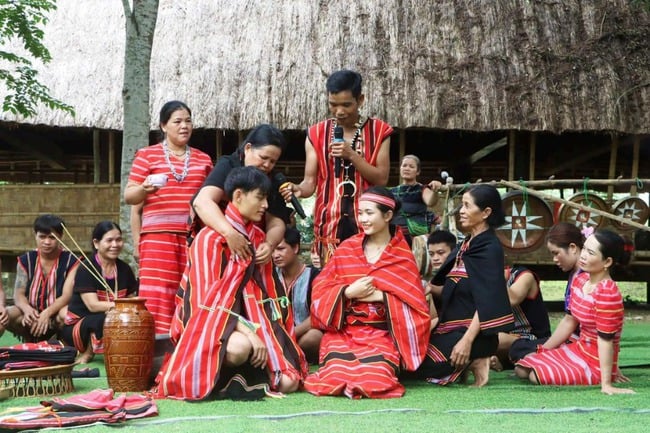
The traditional costumes of the Gie Trieng people stand out as a unique aesthetic mark.
The traditional costume of the Gie Trieng people includes skirts, shirts, leggings, and robes for women and loincloths, jackets, scarves, and hats for men.
The skirt is made from two pieces of cotton fabric, sewn together in width and then sewn together into a tube shape. The skirt's background is indigo black, with decorative patterns combining red and white. Skirts used in festivals are often decorated with beautiful patterns. When worn, Gie Trieng women often wrap their skirts up to their armpits, covering their breasts. The most unique feature of the traditional costume of the Gie Trieng people is that both men and women use a coat, a type of wrap-around costume that bears an ancient mark.
In particular, the Bhnoong (a local group of the Gie Trieng) are the only ethnic group that uses leggings in the Truong Son mountain range. The edges of the leggings are folded and sewn to prevent the fabric from unraveling, and colorful beaded bracelets are worn below the ankles. This way of dressing is still popular today because it keeps the body warm and prevents insect bites. Leggings wrapped around the legs make women's bodies neat and discreet. During festivals, Bhnoong girls do not forget to show off their leggings to beautify their ethnic traditional costumes. The Gie Trieng wear jewelry such as necklaces, earrings, bracelets, anklets, etc.
Gie Trieng women often have long hair, wrap it behind their necks and beautify themselves with many types of jewelry such as silver and copper rings, beads, wristbands, anklets and ears. For the wealthy class of women, they often wear ivory earrings. Armbands are the most valuable type of jewelry of the people. This type of bracelet is the jewelry of elderly women in wealthy families. They often wear bracelets on their left arm when attending buffalo stabbing festivals.
As for Gie Trieng men, they will have short hair and wear indigo scarves in the shape of the letter "nhat" on their heads, pierced ears, and wear earrings made of precious wood, ivory bamboo, or ivory. Gie Trieng men also have tattoos with simple geometric patterns. Regarding clothing, Gie Trieng men wear loincloths, shirtless, and in cold weather they wear an extra shirt, draped over their shoulders, indigo with decorative stripes. Gie Trieng loincloths are narrow, long, and have no tassels. The body and edges of the loincloth are bordered and decorated with patterns at both ends on an indigo background.
In particular, Gie Trieng men also wear necklaces, the outer ring of which resembles a string of beads. During holidays, Gie Trieng men wear large indigo robes with decorative colors that cover their bodies. Particularly for children under 4 years old, Gie Trieng boys often wear silver bracelets with small bells on both ankles.
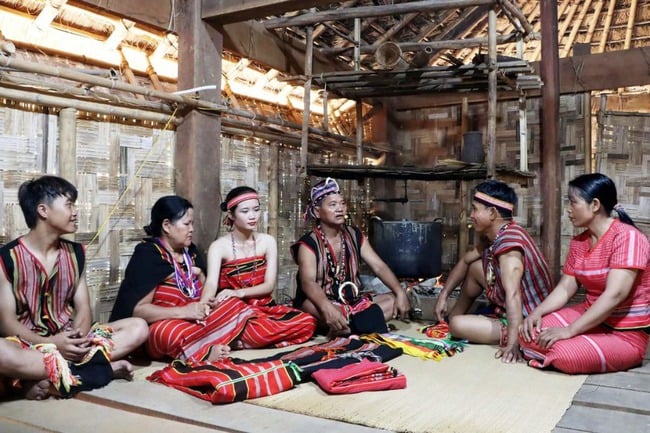
The traditional costume of the Gie Trieng people includes skirts, shirts, leggings, and robes for women and loincloths, jackets, scarves, and hats for men.
In the past, the Gie Trieng people's costumes were mainly made by themselves to serve their daily needs. However, with the development of life and trade, those traditional textile products gradually became a commodity exchange, contributing to enriching the economic life of the people.
In addition, today, the process of socio-economic development and cultural exchange between regions has strongly impacted the traditional costumes of the Gie Trieng people. Modern costumes, especially those of the Kinh people, have become widespread and penetrated even to remote villages. In daily life, the Gie Trieng people now dress more simply and conveniently.
However, on traditional festivals, New Year's Day or important community events, they are always proud to wear their traditional costumes - a symbol of their origins and national pride. Preserving and using these costumes in special cultural spaces has become the best way to preserve and promote the cultural identity of the Gie Trieng people in the current of integration./.
Source: https://bvhttdl.gov.vn/doc-dao-trang-phuc-truyen-thong-cua-dan-toc-gie-trieng-20251104153957288.htm


![[Photo] Ho Chi Minh City Youth Take Action for a Cleaner Environment](https://vphoto.vietnam.vn/thumb/1200x675/vietnam/resource/IMAGE/2025/11/04/1762233574890_550816358-1108586934787014-6430522970717297480-n-1-jpg.webp)
![[Photo] Panorama of the Patriotic Emulation Congress of Nhan Dan Newspaper for the period 2025-2030](https://vphoto.vietnam.vn/thumb/1200x675/vietnam/resource/IMAGE/2025/11/04/1762252775462_ndo_br_dhthiduayeuncbaond-6125-jpg.webp)
![[Photo] Ca Mau "struggling" to cope with the highest tide of the year, forecast to exceed alert level 3](https://vphoto.vietnam.vn/thumb/1200x675/vietnam/resource/IMAGE/2025/11/04/1762235371445_ndo_br_trieu-cuong-2-6486-jpg.webp)
![[Photo] The road connecting Dong Nai with Ho Chi Minh City is still unfinished after 5 years of construction.](https://vphoto.vietnam.vn/thumb/1200x675/vietnam/resource/IMAGE/2025/11/04/1762241675985_ndo_br_dji-20251104104418-0635-d-resize-1295-jpg.webp)









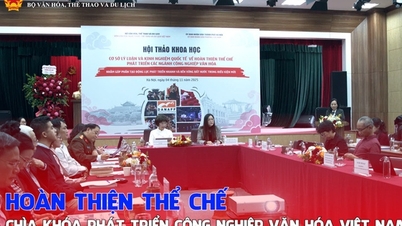






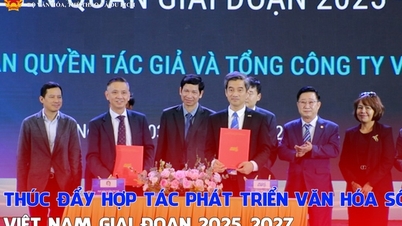
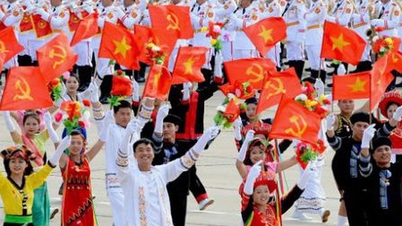



















































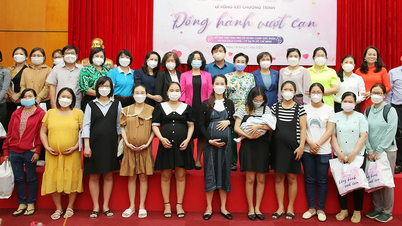


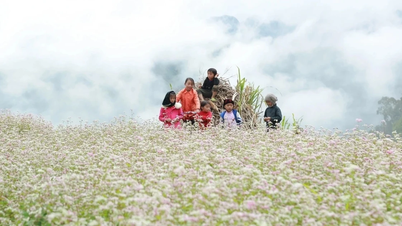










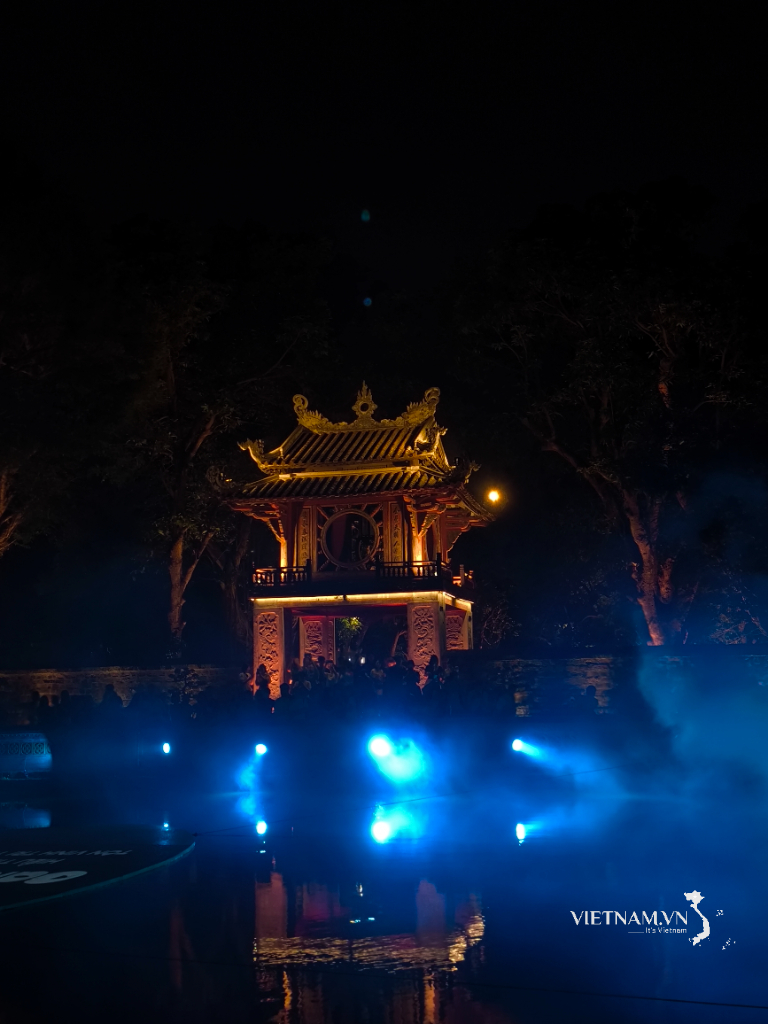
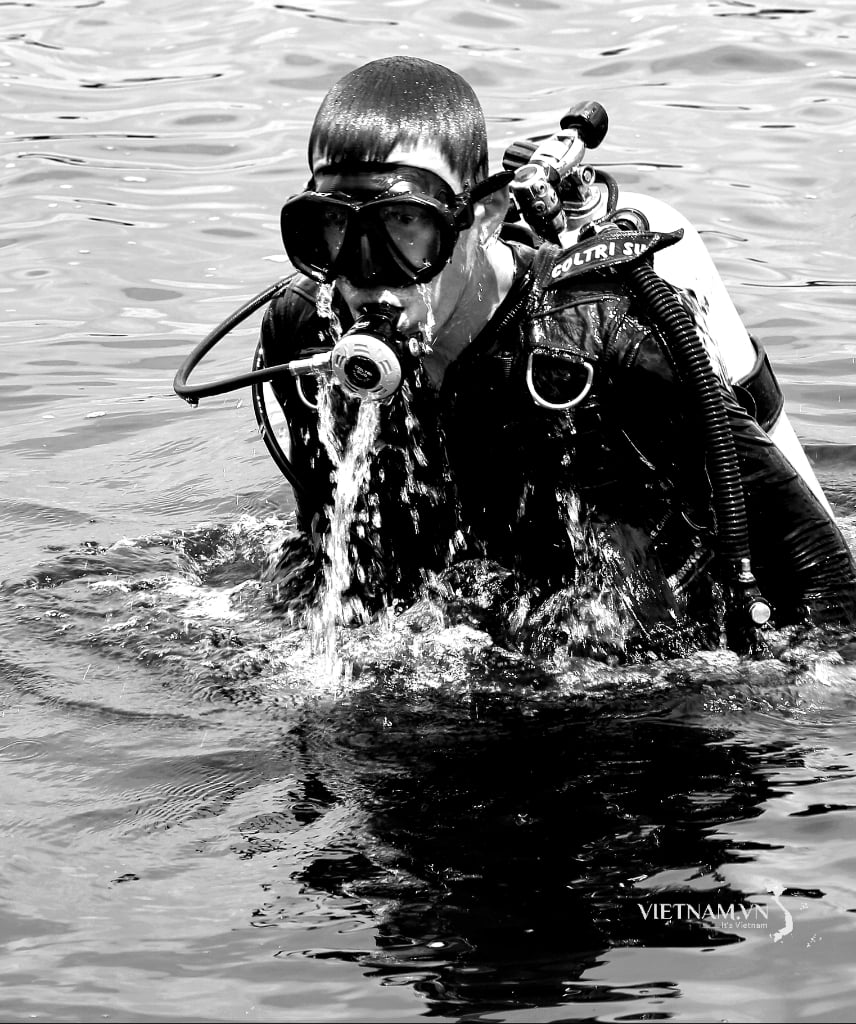

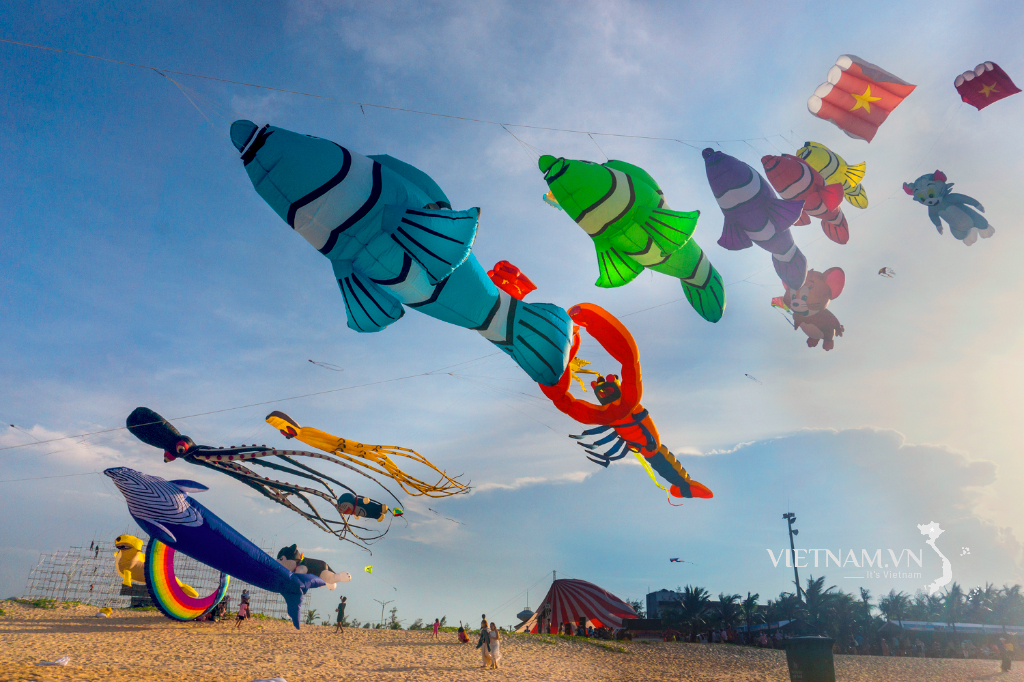
Comment (0)